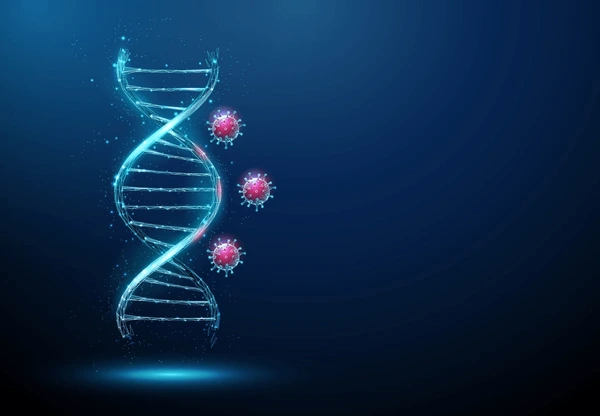
Manipulate DNA with Light
Revolutionizing Genetic Research: A New Method to Manipulate DNA with Light
In a groundbreaking study, researchers from Princeton University have developed an innovative technique that allows for the physical manipulation of DNA within cells using light. This advancement offers a novel way to study gene expression and could lead to transformative approaches in cancer treatment and genetic research.
The method, pioneered by a team led by Cliff Brangwynne from Princeton’s Omenn-Darling Bioengineering Institute, uses light-activated droplets to move DNA, enabling scientists to reshape and reposition chromosomes without altering the DNA sequence itself. This represents a significant shift in how genetic material can be studied and manipulated. Unlike traditional approaches, such as CRISPR, which cut and edit DNA, this method focuses on changing the physical organization of chromosomes, potentially opening new avenues for regulating gene expression.
The breakthrough lies in the use of tiny liquid-like droplets that grow when exposed to blue light. These droplets, which form at precise locations on DNA strands, can be programmed to pull distant parts of the DNA together or reposition genes within the nucleus. By doing so, researchers can investigate how changes in the spatial arrangement of DNA affect gene expression, a process vital for understanding diseases like cancer.
This approach is poised to revolutionize how we study genetic diseases, especially those related to protein imbalances, such as cancer. By controlling the physical location of genes, scientists can potentially influence their activity without altering the genetic code itself. The ability to manipulate nuclear organization on such precise and rapid timescales marks a new frontier in genetic research.
This method has broad implications for future treatments. As researchers explore the possibilities of repositioning genes to control their expression, the technique could provide new strategies for treating cancers and other genetic diseases by addressing imbalances in protein production.
The study, published in Cell and supported by multiple research institutions, promises to be a game-changer in our understanding of gene regulation and the future of genetic therapies. With this tool, scientists can now probe the hidden mechanics of chromatin, offering hope for novel, non-invasive approaches to disease treatment.
Research by Amy R. Strom, Yoonji Kim, and Cliff Brangwynne, along with their collaborators, was published in the journal Cell on August 20, 2024.





Leave a Reply